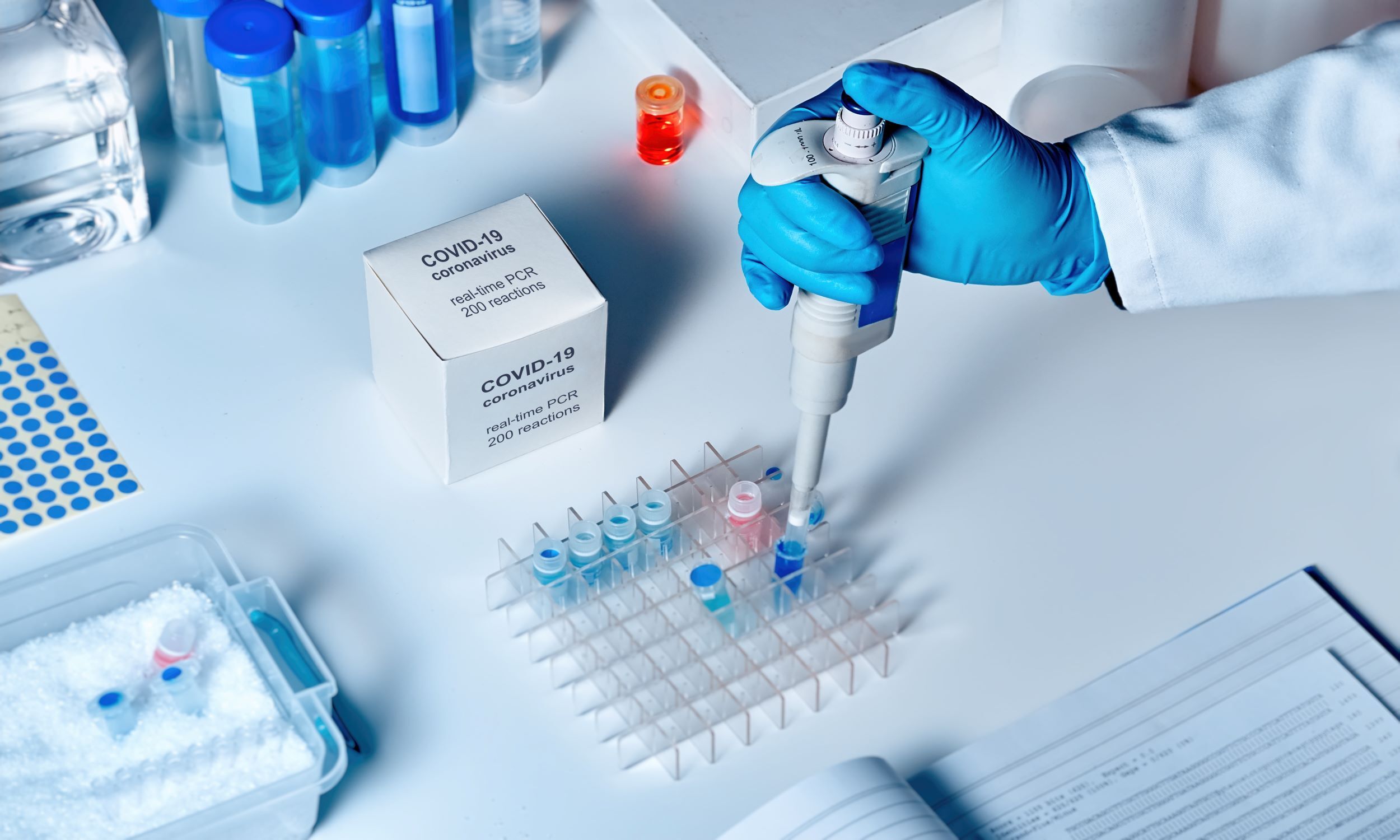
Control of Diagnostic Instruments
Since the beginning of 2003 INTEGRATE has worked closely with a customer in the pharmaceutical industry. The cooperation started with the maintenance of existing software, developed for analyzers. At the time cooperation focused on the detection of chemical substances like enzymes, proteins or electrolytes using the so-called PCR method. Up to thirty employees were contracted to the customer by INTEGRATE.
Over the years the cooperation developed in different directions. INTEGRATE contracted experts as data managers, entrusted engineers with the development of databases or was given the assignment to monitor a project in the field of molecular diagnosis. The construction of connectors is a fine example of what the development work of an INTEGRATE expert entails. The developer connects chemical samples, that are processed with different diagnostic devices from one work step to the next, with a so-called connector. In special brackets tubes with samples of human tissue are conveyed from one machine to the next via rails or conveyer belts. When connecting the devices diverse protocols of different manufacturers must be implemented. This is particularly challenging as the diagnostic devices are not always produced in-house. These are often competitive products that the developer integrates in their own system.When programming clean transitions are essential to ensure the specified throughput of samples. The number of tubes per minute must be strictly complied with for an exact result. Faultless functioning must be possible at all times, as a mix-up of human samples, for example, could have serious consequences.
Technologies and work methods used:
- Windows, .Net/C#, C++, Oracle, Delphi
- UML, SCRUM, agile Entwicklungsmethoden
- Projektleitung, Product-Ownership, Requirements-Engineering, SW-Architektur, Testing und Datenbanken